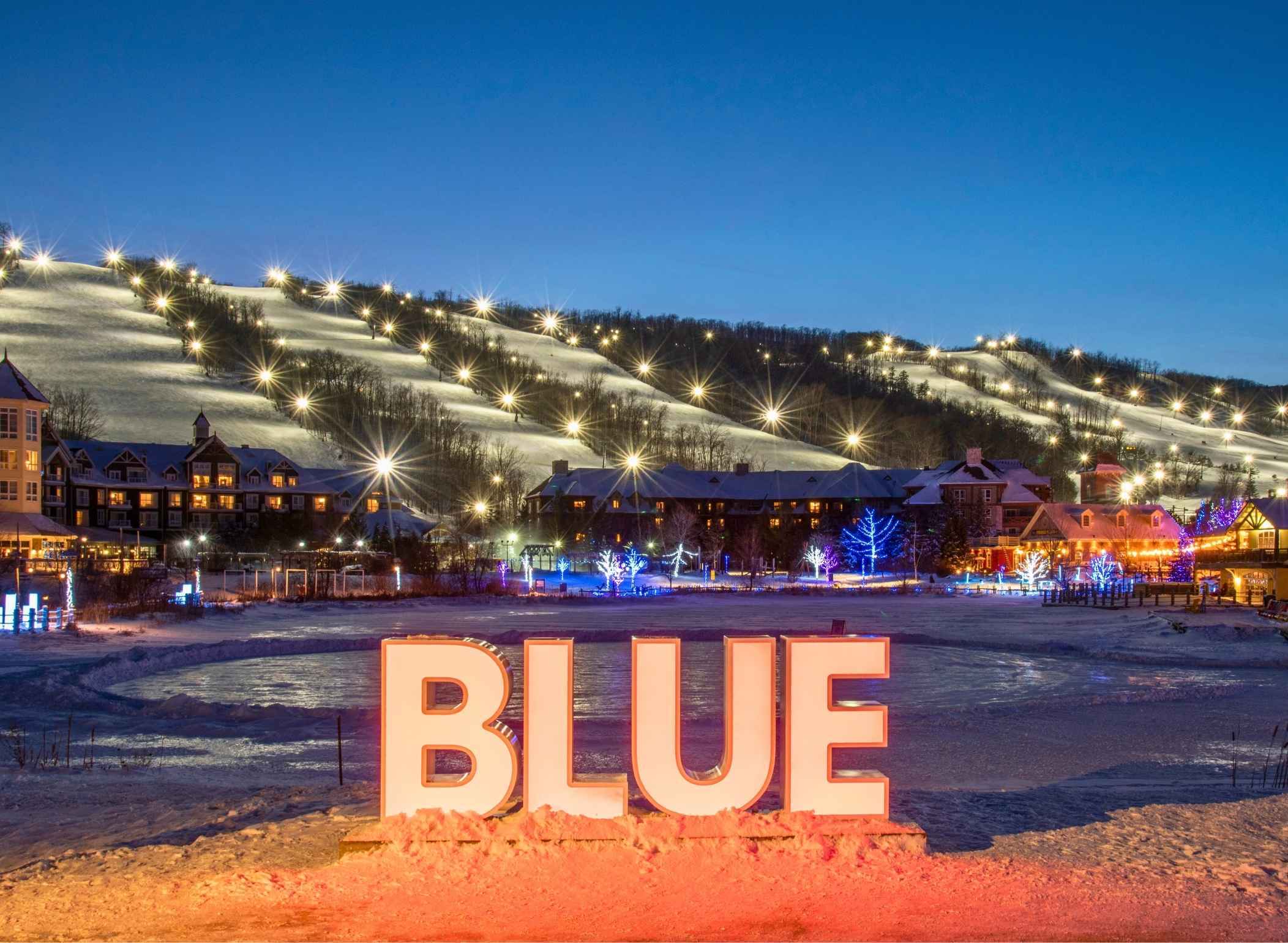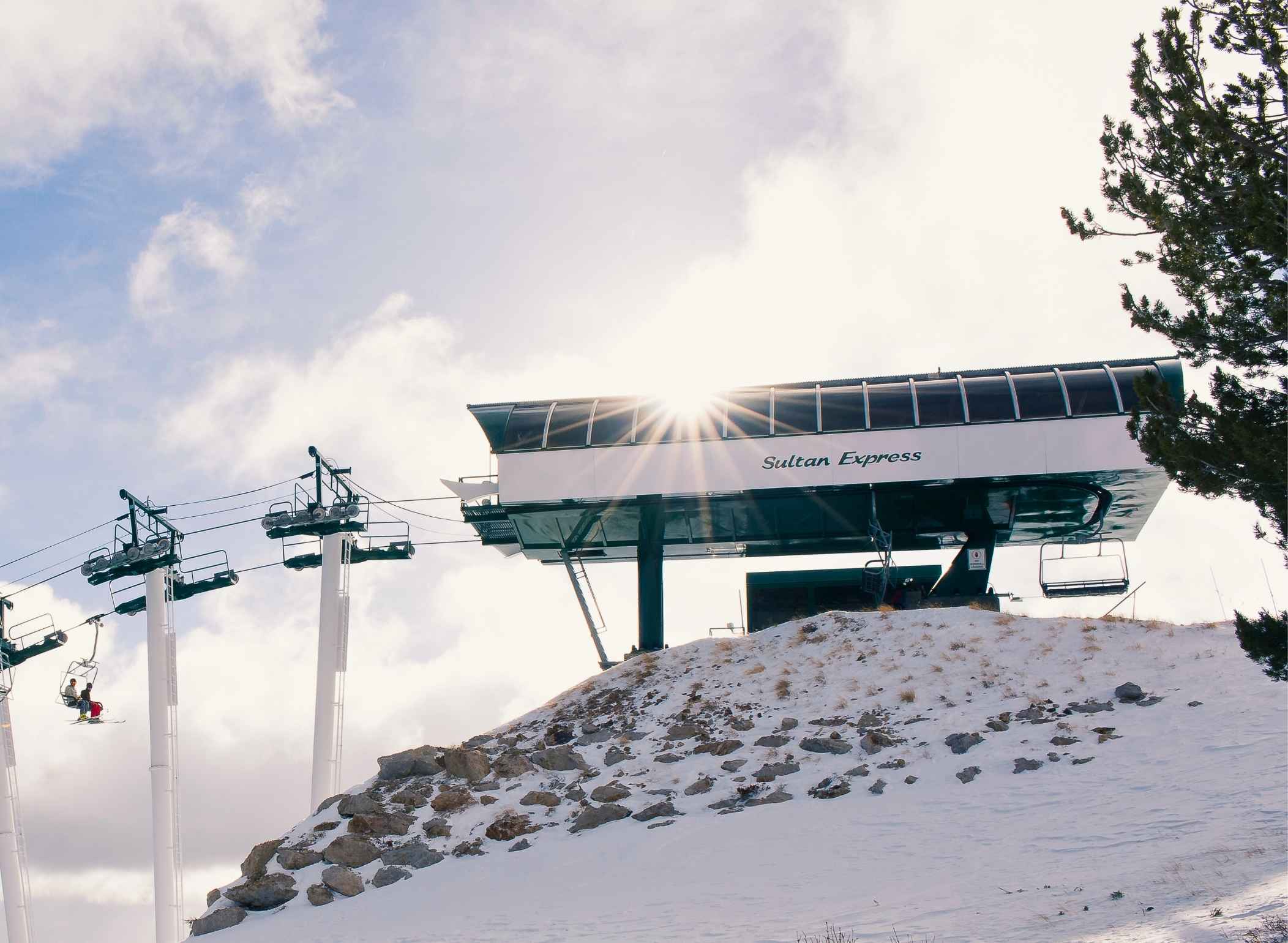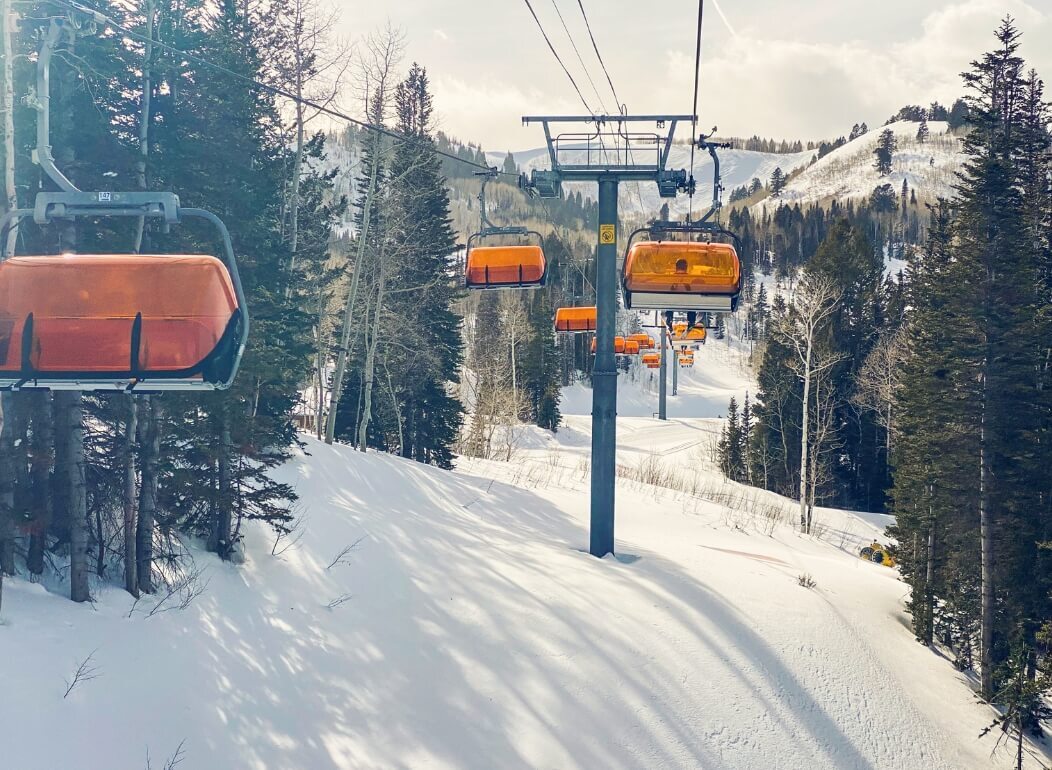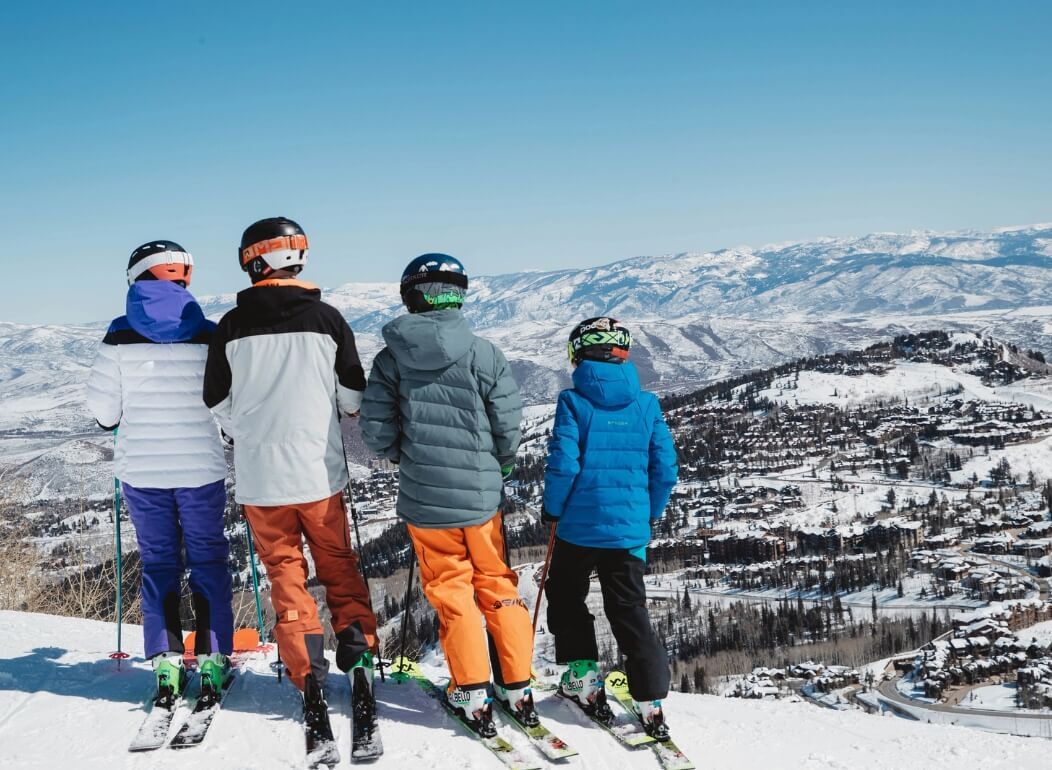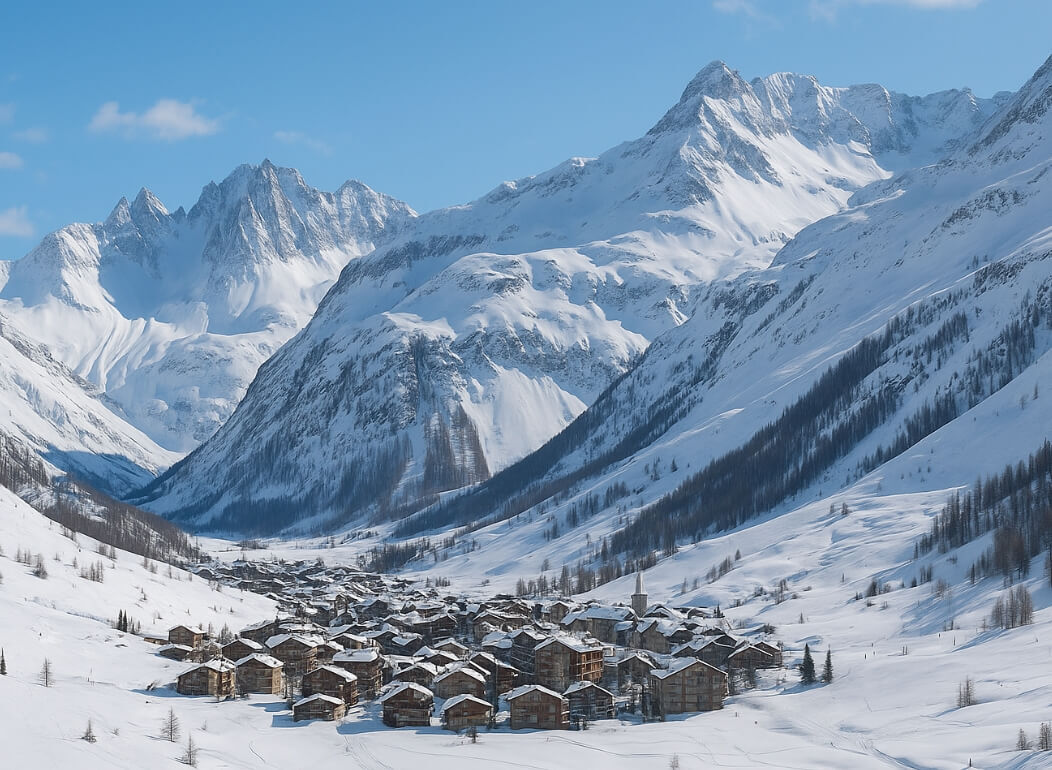Wondering How to Plan for Powder on Your Ski or Snowboard Vacation? Rent Your Gear from Ski Butlers and Be Flexible.
El Niño or not, Ski Butlers can provide you with the ski or snowboard gear you need for the current snow conditions. Which ski area will get the most snow, however, is always a subject of great debate — a debate Klaus Wolter has been engaged in for years. Wolter is a research associate at the University of Colorado, Boulder, and has a degree in atmospheric sciences. His main research interest is in climate research, specifically, according to his bio, “the application of statistical methods to climate problems, such as the impact of ENSO (El Niño/Southern Oscillation) on world-wide climate.” Here Wolter shares information about climate change, storms that can impact your ski and snowboard vacation and how to chase powder.

Q: You make predictions based on empirical climate research. Is it getting harder to predict the weather?
A: I think this is the most uncertain year I’ve ever seen. This last decade, we have seen three false-alarm El Niño’s: 2012, 2014 and 2017. I think we’re dealing with a change in climate system — whether this is climate change or a natural variability, I don’t know.
We had a period that lasted for 10 years in the U.S. back in the 30s, the dust bowl, when we had the worst drought of the century. We have seen in the past that the natural climate system can go through periods when it’s unpredictable, but what we see now could very well be climate change.
Q: I know it’s still early, but can you make a prediction for snow this 2018 – 19 season?
A: This year, it’s a lot warmer north of the equator than south of the equator, compared to normal. We had two hurricanes go by Hawaii, which is classic El Niño, but it’s too early to tell. I look at the impact of ENSO on worldwide climate. ENSO stands for El Niño/Southern Oscillation and includes La Niña — it’s shorthand for what’s going on in the tropical Pacific, but Mother Nature is as confusing as that acronym. (For more information on ENSO, visit https://www.climate.gov/enso). Currently, most of India is in drought conditions during the monsoon period. On the other hand, it’s supposed to be wet in Chile, but it’s dry. It’s a split personality.
In terms of predictions, every ski resort is different. Snowfall is a result of not just the location of the ski area, but what’s in the way of the Pacific.

Q: What can the average person look for, if they’re hoping to find powder or soft snow conditions?
A: The further south you go, the higher the variability from one year to the next. A bad year can be a drought and a good year can be multiple times of the snowfall average.
Last season, the snowpack numbers were close to 80 percent of normal in the Northern part of Colorado and less than half in the San Juans, which also had high temps. It’s interesting to note that a bad year in Steamboat is better than most anywhere else. The same is true in Northern Utah. The higher the elevation the ski resort, the safer the bet into the future.
In Europe last season, there was a serious snowstorm in the Austrian Alps, the biggest in over 23 years. However, they just had one of the warmest summers on record. The temperatures from April onwards in Germany were the highest recorded since 1881. Consider that most of Europe is pretty far north compared to U.S., however, Europe has the same problem as California, Washington and the coastal regions, where the elevations of most ski resorts are pretty low, maybe 1,000 meters above sea level. The result is that it rains more often in the middle of the winter. Alaska has the same problem — a base at sea level and short days in early winter. Even if it does rain and you have a lot of snow, however, it can be absorbed.
Q: Who gets favored in an El Niño year?
A: One thing that makes it complicated is that there’s seasonality to it. Mid-winter, you’re best off with La Niña (cold tropical Pacific) in the northern mountains, because the storms are long lasting, and could produce, for example, a foot in Steamboat. The second year La Niña doesn’t do that.
If we were to get an El Niño, most of the storms won’t be very cold — they’ll be a bit warmer. The snow could be like Sierra cement, but it forms a good base. There are fewer days of real powder, because of the warmer temperatures. Air temperature that falls into the teens or single digits creates the snow. Well below zero, however, and you get arctic needles and not much snow because the air can’t hold much moisture.

Q: In your opinion, when is the best time to ski or snowboard?
A: We’ll know if we have an El Niño or not the later it is in the season, and if we do, it favors March in particular. But nothing is 100 percent. Four out of five times, March is snowy or wet from the Colorado/Wyoming line, Northern Utah, the Sierras. The further south you go, the more robust the snow in an El Niño year.
Wait to see what patterns emerge. Look at how vulnerability to climate change causes more variation in weather patterns. Northern Colorado and Utah are not as variable. If you pick a ski resort that has on average over 300 inches and low variation, then you’re safest in terms of having snow. But if you pick an area with only 150 inches a year and a big variation, you could encounter snow fluctuations if it’s La Niña or El Niño.
Q: What about people who like to book their vacations in advance, including flights, lodging and renting their gear from Ski Butlers?
A: When the Denver Broncos play and it snows, that does well for bookings at the Colorado resorts, but what happens in Denver is like flipping a coin compared to what’s happening in the mountains. Be flexible — if Steamboat gets snow 10 days in a row, you have a good chance for great skiing. The longer you can wait to book, the better, and the later in the season, the better.








